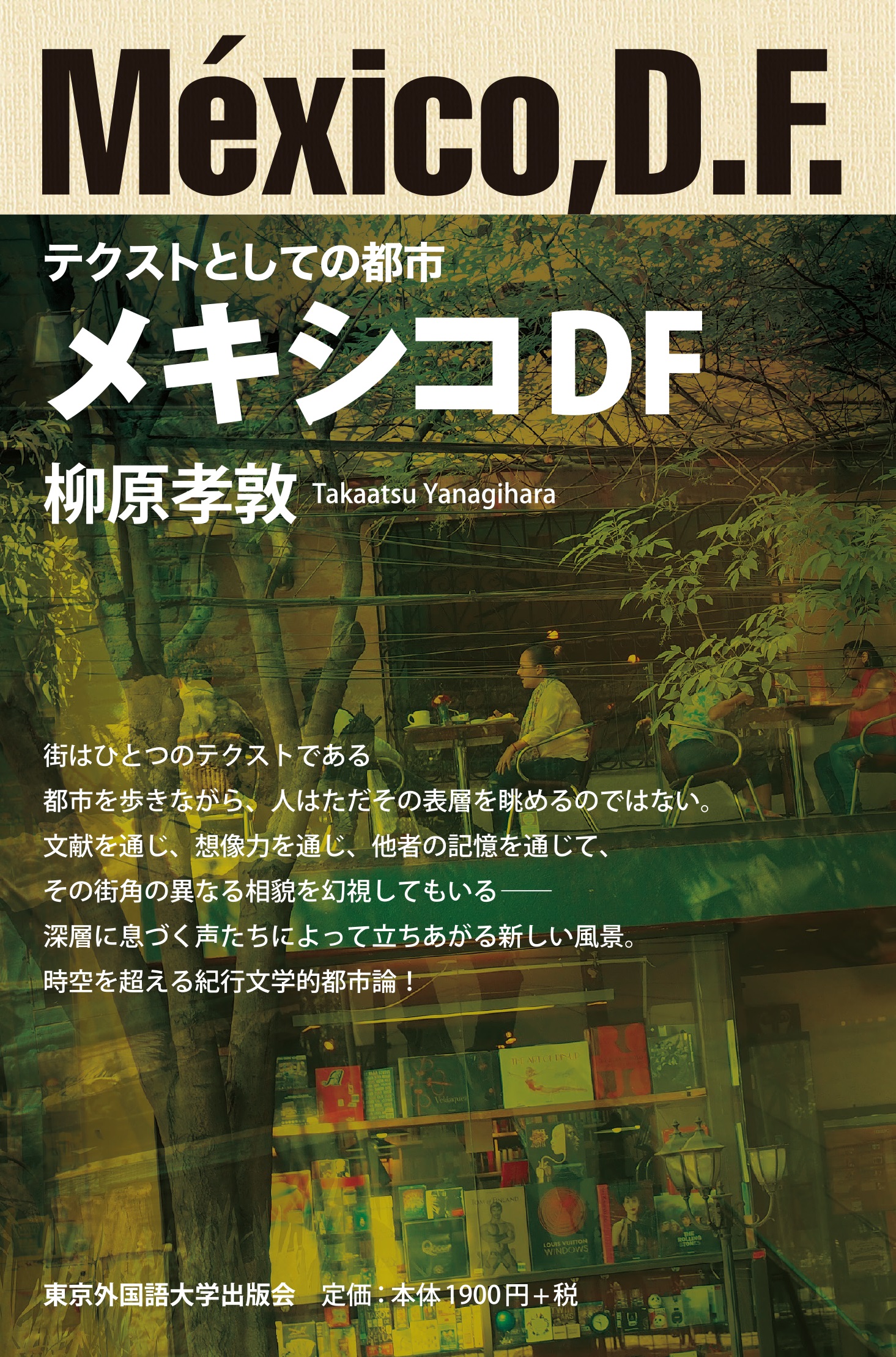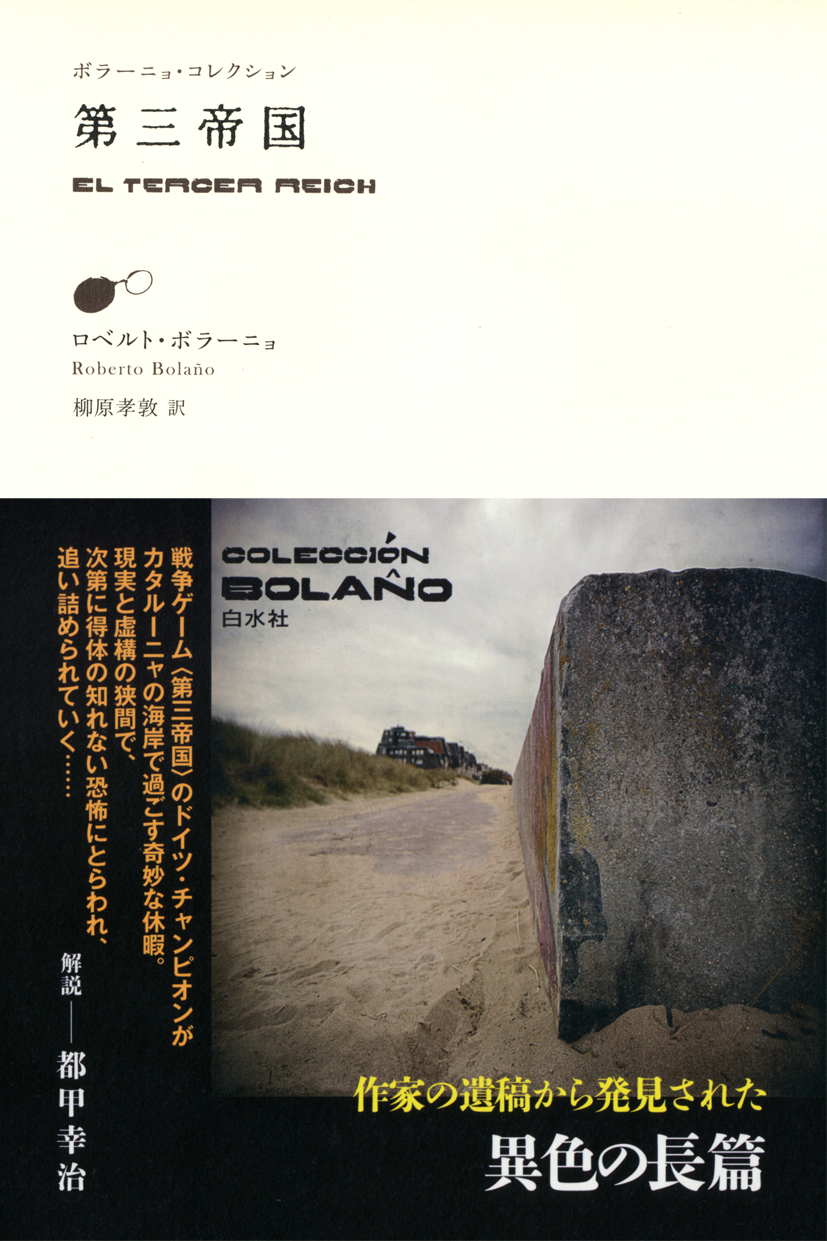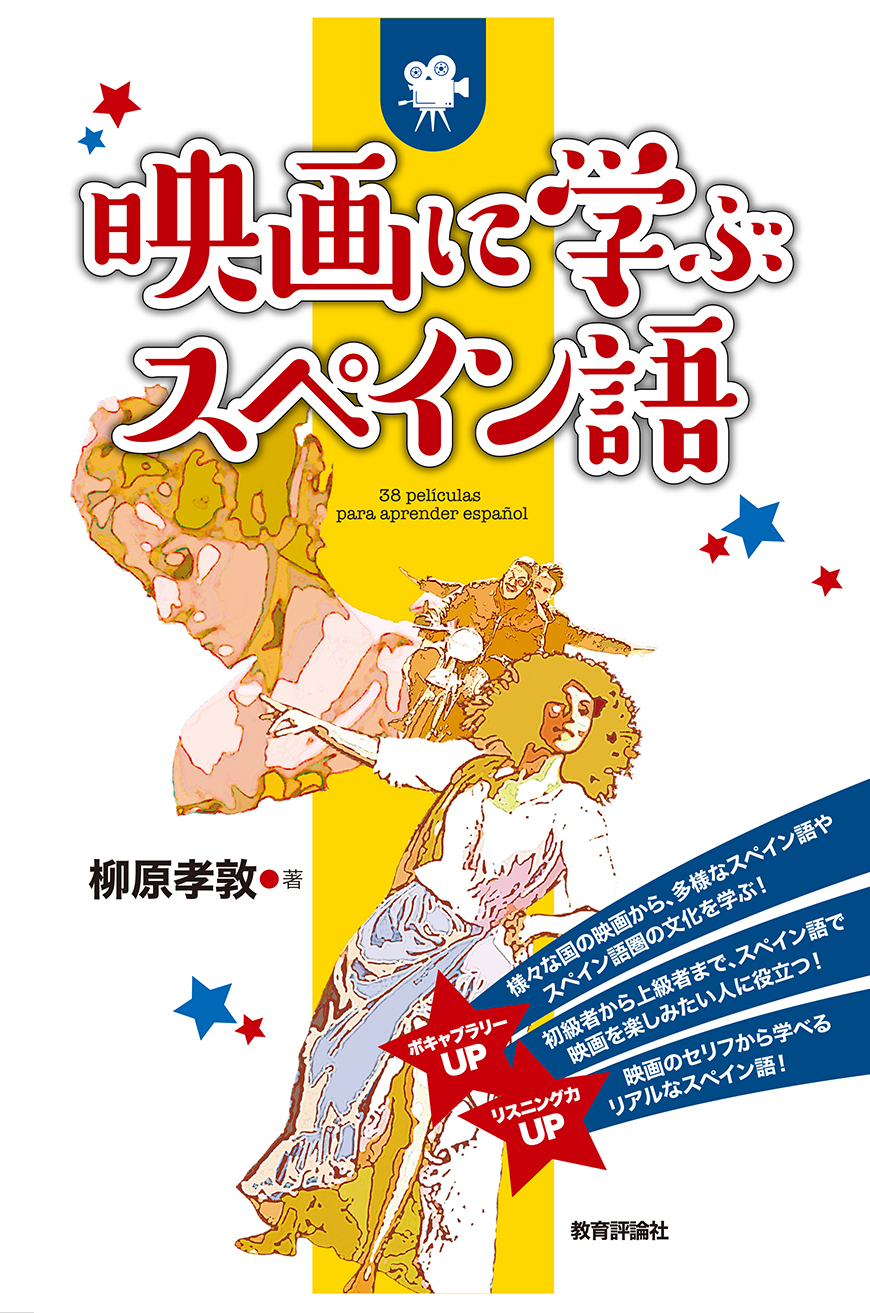
Title
México, D. F. (City as Text)
Size
272 pages, approx. 127x188mm, softcover
Language
Japanese
Released
November 11, 2019
ISBN
978-4-904575-78-9
Published by
Tokyo University of Foreign Studies Press
Book Info
See Book Availability at Library
Japanese Page
First book of a new book series “City as Text” published by TUFS Press.
As the series title implies, the concept of the “City as Text” series is to equate and, accordingly, describe cities as text. While “text” can be defined as a fabric spun using words (i.e., written sentences), in this case, the term is used somewhat more loosely to mean places where books, images, and imagined landscapes intermingle and intersect. The second point in describing the city in this manner is to bring the collective memory of a given location to the fore. The concept of collective memory has given rise to a tide of mnemology (memory theory and memory research) in recent years. This book series presents discussions of cities from this standpoint.
The books, based on the concept above, are to focus on 8 to 10 areas of a city and are to provide multilayered introductions that interweave the histories of each area, discussions of books and movies set in those area, as well as the recollections of others who have visited those areas, rather than simple descriptions of the city typically seen in travel guides. These are guidelines for the form of the books in the book series. The books are also to include photographs.
It is based on the concept and guidelines above that I wrote about eight areas in Mexico City (whose official name up to 2016 was México Distrito Federal or México, D. F.), the city as a whole (or the area in which the city is located), as well as bookstores and libraries in the city.
One of the distinctive characteristics of this book has to do with the standpoint that my own memories are also a part of the collective memory and the use of my own recollections as a starting point for the introductions. The introduction of Condesa, which appears in the Prologue, begins with a conversation that I had with an employee of a certain local bookstore in 2009 in which the differences from my memories in 1991, when I first visited the area, are brought to light while I discuss the nature of “City as Text.” The conversation is presented in a way that ties it to my eventual tour of the city’s bookstores and libraries, which is discussed in the Epilogue. Anáhuac, the region that is the focus of Chapter 1, is the historical name for the basin area surrounding Mexico City. The chapter begins with a description of what I did upon arrival by airplane in Mexico City the day before the bookstore visit discussed in the Prologue. This then leads into a nostalgic reflection on the city’s history as a beautiful city that attracted many visitors. In my introduction in Chapter 5 of public markets in Merced and Tepito, both of which are poorer neighborhoods, I talk about my personal experiences that led me to visit those neighborhoods and how the markets had changed when I revisited them in 2009. The book is written in the form of a narrative, with memories of my visit to Mexico City in 2009 serving as scaffolding.
I try not only to simply list well-known episodes such as the affair between Russian politician Lev Trotsky and Mexican artist Frida Kahlo; but, also, attempt to bring new light to our reading of characters from various literary works who would, at first, appear to be unrelated by interweaving their stories at certain locations. I point out, for example, that one of Robert Bolaño’s characters walked the exact same path as one of Carlos Fuentes’ characters, just in the opposite direction—which undoubtedly changes our interpretations of each of these stories. I also mention how the protagonist of a novel by Kenzaburo Oe struggled in a location close to that same path, which further expands the breadth of our collective memory about that location.
(Written by YANAGIHARA Takaatsu, Professor, Graduate School of Humanities and Sociology / 2021)



 Find a book
Find a book



